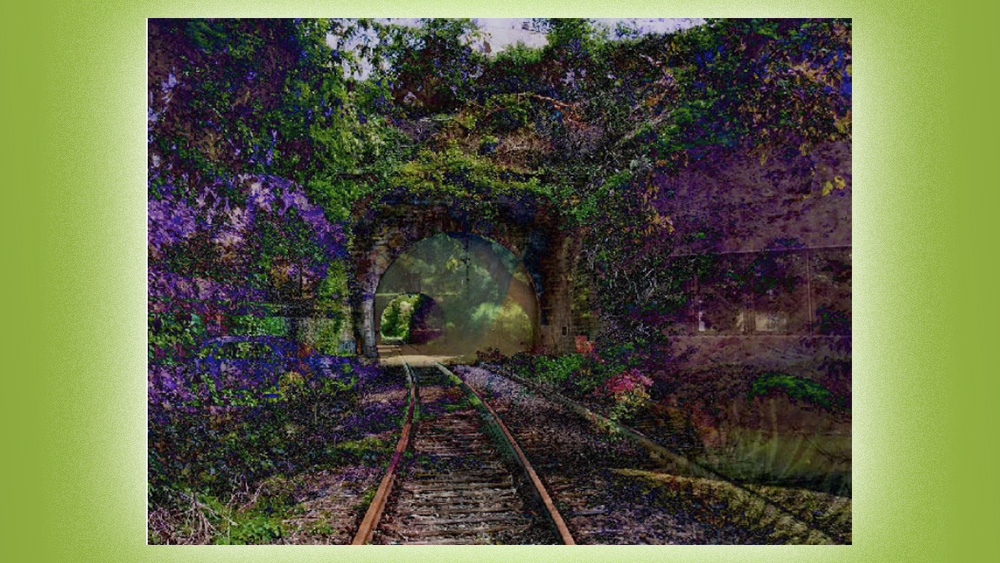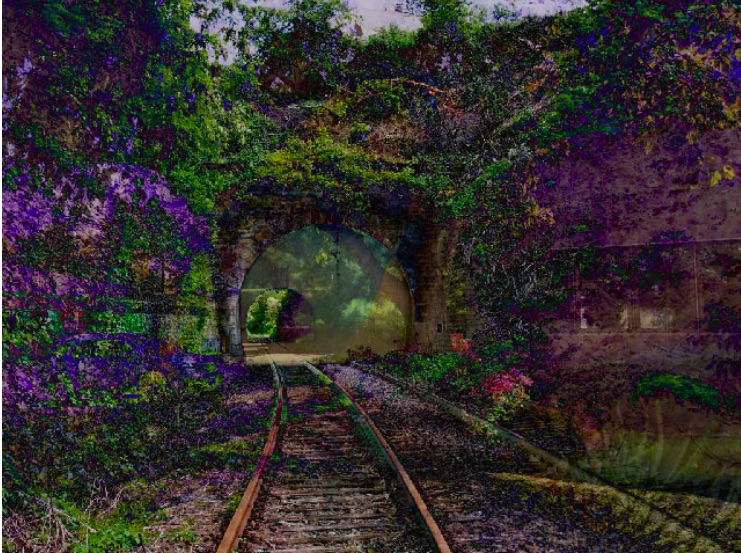
AI art is controversial for several reasons. One of those is the issue of copyright: both that of the work that was used to train the best AI art generators, in many cases without permission, and the question of whether AI-generated images themselves can be protected.
We've yet to see a ruling on the first of those points, but a US judge has made a definition on the second. The ruling affirms what many already believed: that AI-generated images cannot be copyrighted. But it may not be the end of the story.
AI art has evolved rapidly in the past year. It was only around 12 months ago that the current generation of text-to-image generative models like Midjourney, Stable Diffusion and DALL-E 2 emerged. In the intervening period, their reliability has improved immensely, and they can now produce highly realistic images.
Last October we reported on what was claimed to be a first: an example of copyrighted AI art. But all was not as it initially seemed. It turned out that the creator of a graphic novel featuring AI art had copyrighted the novel, not the AI-generated images within it. Whether AI-generated images can be copyrighted has therefore remained in doubt.
Now, as covered by The Hollywood Reporter, US District Court Judge Judge Beryl A. Howell appears to have ruled that it can't. She was presiding in a case brought by Stephen Thaler, the founder and CEO of Imagination Engines. He lodged a lawsuit against the US Copyright Office after it refused to grant copyright for an image that was generated back in 2012 using his company's Creativity Machine/DABUS AI model.

Thaler attempted to copyright the image “as a work-for-hire to the owner of the Creativity Machine". He says that DABUS made the image autonomously. As such, he wants DABUS to be credited as the author and himself as the owner of the AI-generated artwork since he owns the AI model.
The Copyright Office repeatedly rejected his applications because it believes that only a human can be the author of a copyrighted work. Presiding over his case, Judge Howell agreed. She found no precedent for copyright being granted to work in which there was no "guiding human hand". The judge ruled that “human authorship is a bedrock requirement of copyright”.
However, this isn't quite the same as ruling that AI art can't be copyrighted since Thaler did not apply to be named as the author of the work himself. Judge Howell recognised that humanity is “approaching new frontiers in copyright,” and that cases where artists use AI as a tool raise “challenging questions regarding how much human input is necessary” in to copyright a work. Therefore, the case doesn't appear to rule out the possibility that a human could be declared the author of a work that was at least partially generated by AI if sufficient human guidance can be demonstrated. As for Thaler's case, his lawyer has said that he intends to appeal his case.
Meanwhile, the cases are growing on the other side of the AI copyright issue: the rights of the artists whose work was used to train the algorithms. Sarah Silverman, Christopher Golden and Richard Kadrey are suing OpenAI and Meta for scraping data from their books, while the illustrators Sarah Andersen, Kelly McKernan and Karla Ortiz are suing Midjourney, DeviantArt and Stability AI.
Of the main AI image generators on the market, only Adobe Firefly claims not to have used copyrighted images in its training since it used content from Adobe Stock. But even there, artists are making claims of alleged copyright infringement. If you're still unsure about what generative AI art is and how the tools work, make sure you see our pick of the best AI art tutorials.







